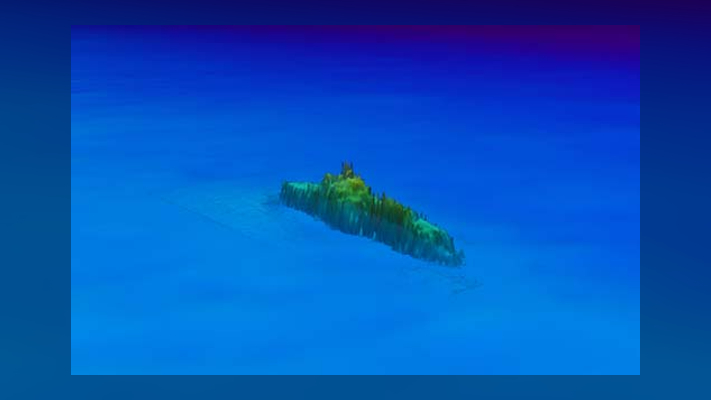Wreck of long-lost US World War II submarine found off Japanese coast
Japanese researchers have located the wreck of USS Albacore, one of the most successful U.S. submarines of World War II, off the island of Hokkaido, where the sub sank after hitting a mine in November 1944.
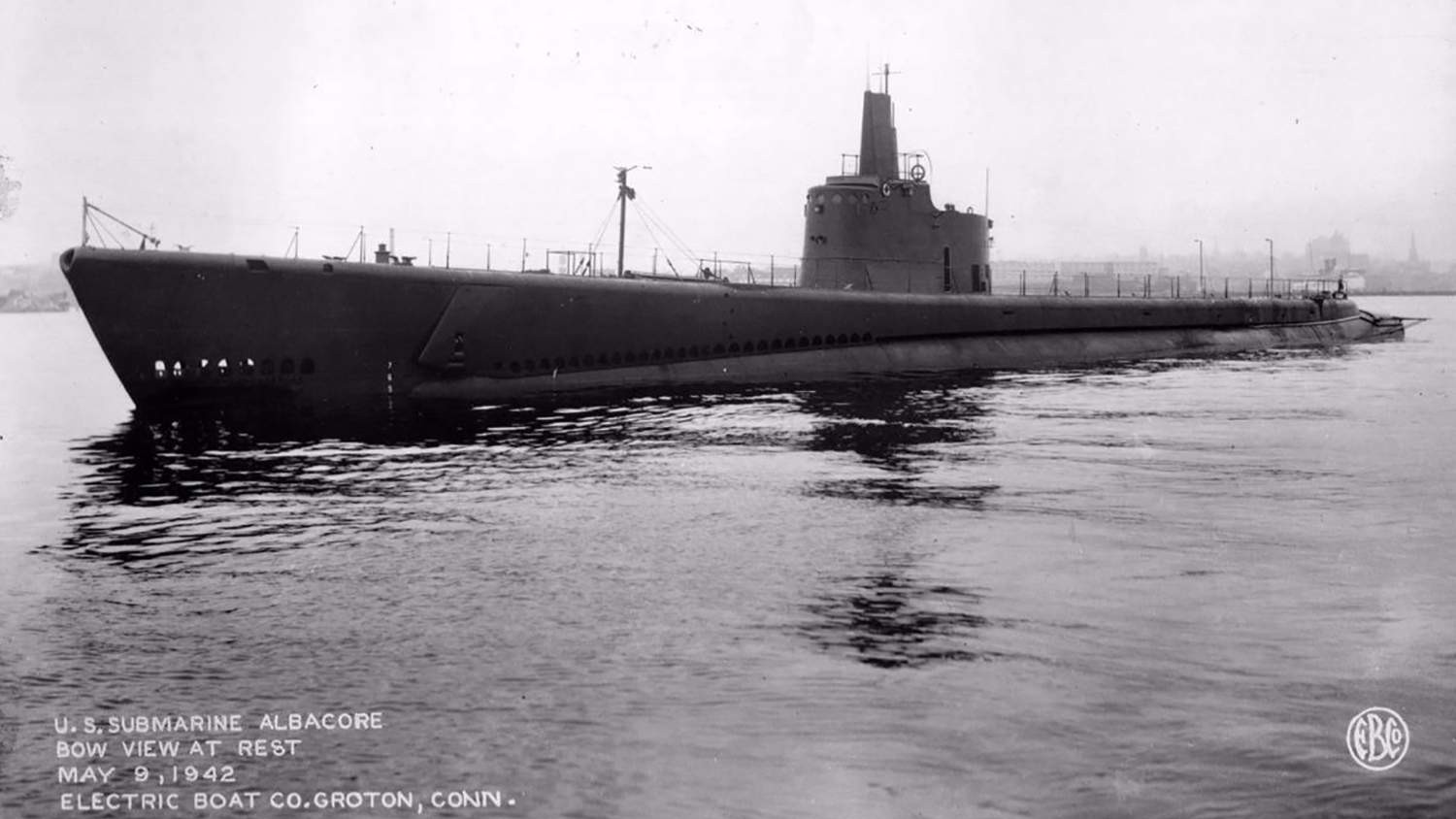
The U.S. Navy has confirmed that a wreck off the Japanese island of Hokkaido is that of USS Albacore, one of the most successful U.S. submarines of World War II.
The submarine is thought to have sunk on Nov. 7, 1944, when Japanese surface ships recorded an underwater explosion in the area, probably after the sub struck a naval mine. The Albacore was on a wartime patrol at that time, and all 85 crewmembers on board were killed when the submarine went down.
A team of Japanese researchers working for a nonprofit group found the wreck last year. Tamaki Ura, a professor emeritus of engineering at the University of Tokyo and the director of the La Plongée Society for Deep Sea Engineering, told Live Science that the main reason for searching for the wreck was that so many lives were lost in its sinking.
The research for the project started in 2019, but an initial survey scheduled for 2020 had to be postponed until 2022 due to COVID-19 restrictions, Ura said in an email.
Related: 30 incredible sunken wrecks from WWI and WWII
Submarine wreck
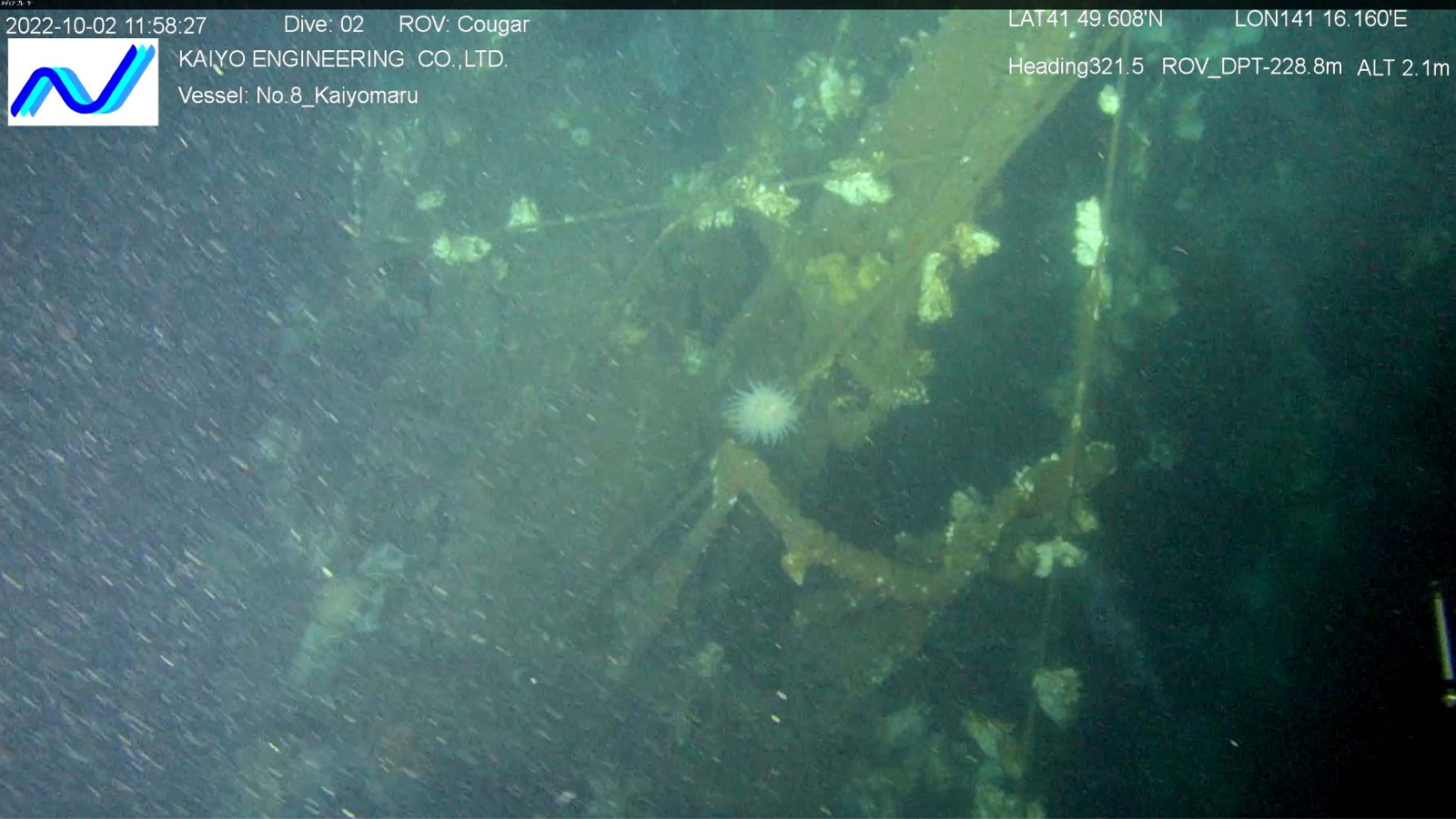
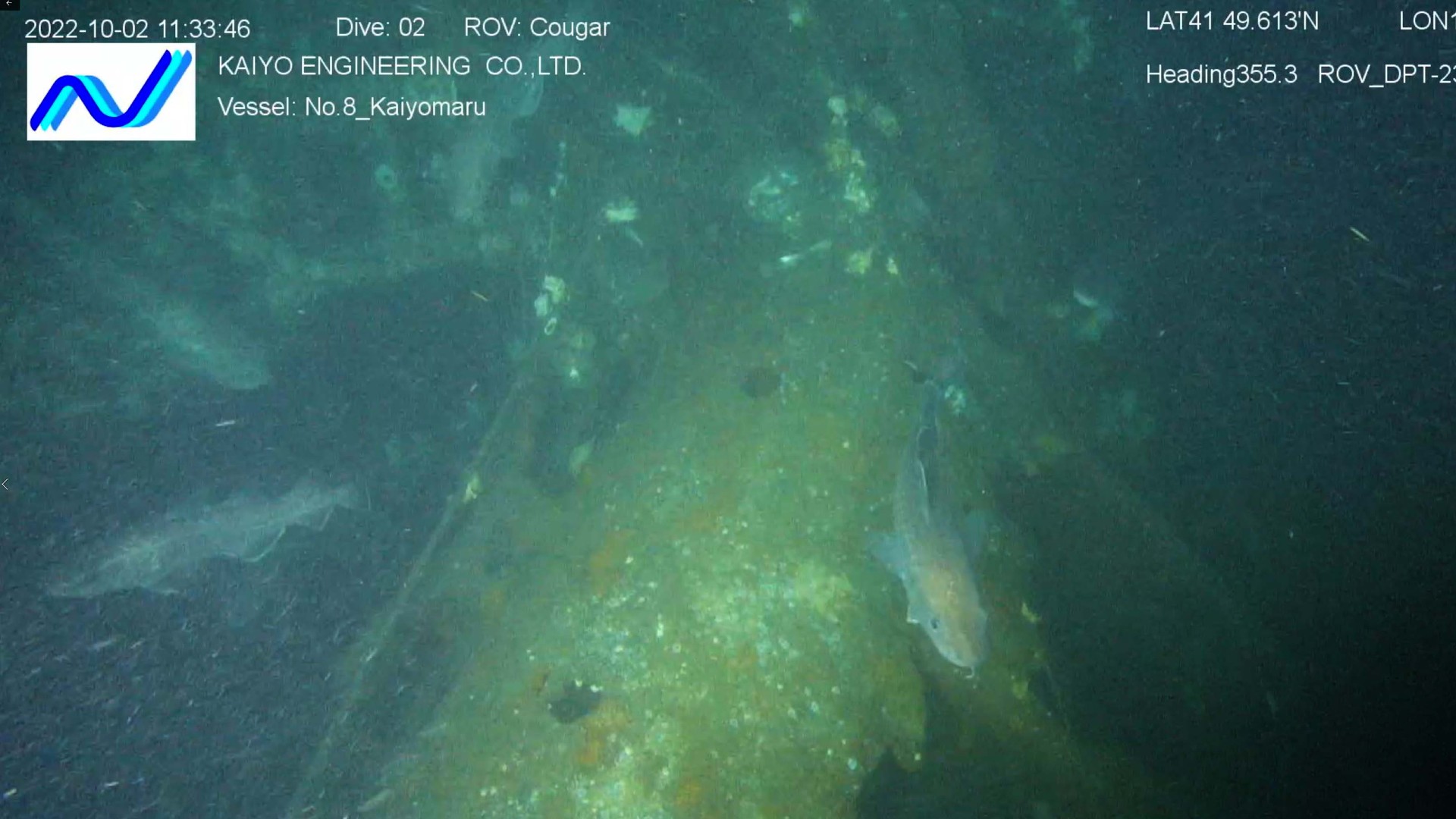
According to U.S. Navy records, USS Albacore (SS-218) was one of the most successful American submarines of World War II, with 10 confirmed sinkings of enemy vessels and three unconfirmed sinkings. Six of the 10 confirmed sinkings were combat ships, and the submarine was awarded nine battle stars and four Presidential Unit Citations for extraordinary heroism.
The Albacore's most famous engagement was its June 1944 sinking by torpedo of the aircraft carrier Taiho — at that time, the newest and largest of Japan's aircraft carriers — near Saipan in the Northern Mariana Islands, which were then occupied by the Japanese but are now a U.S. commonwealth.
Get the world’s most fascinating discoveries delivered straight to your inbox.
Strong currents, marine growth and poor visibility at the site have made it challenging to fully document the wreck, according to a statement from the U.S. Naval History and Heritage Command (NHHC).
But several distinctive modifications, including a radar dish and a row of vent holes on the superstructure, have enabled researchers to confirm that the wreck is that of USS Albacore, the statement said.
Naval History and Heritage Command confirmed the identity of a wreck site off the coast of Hokkaido, Japan, as USS Albacore (SS 218). pic.twitter.com/eYZZ7MxKugFebruary 16, 2023
War grave

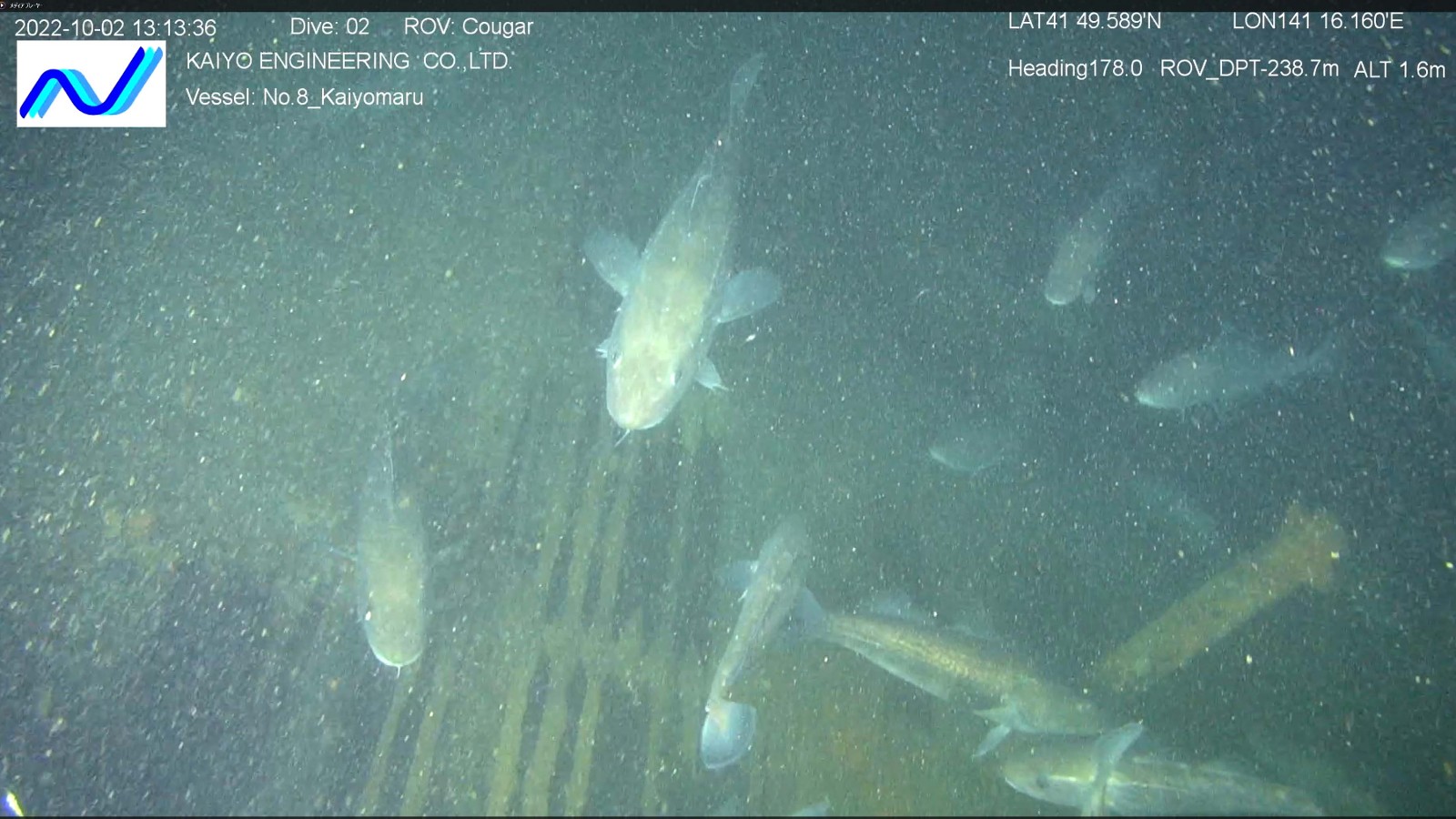
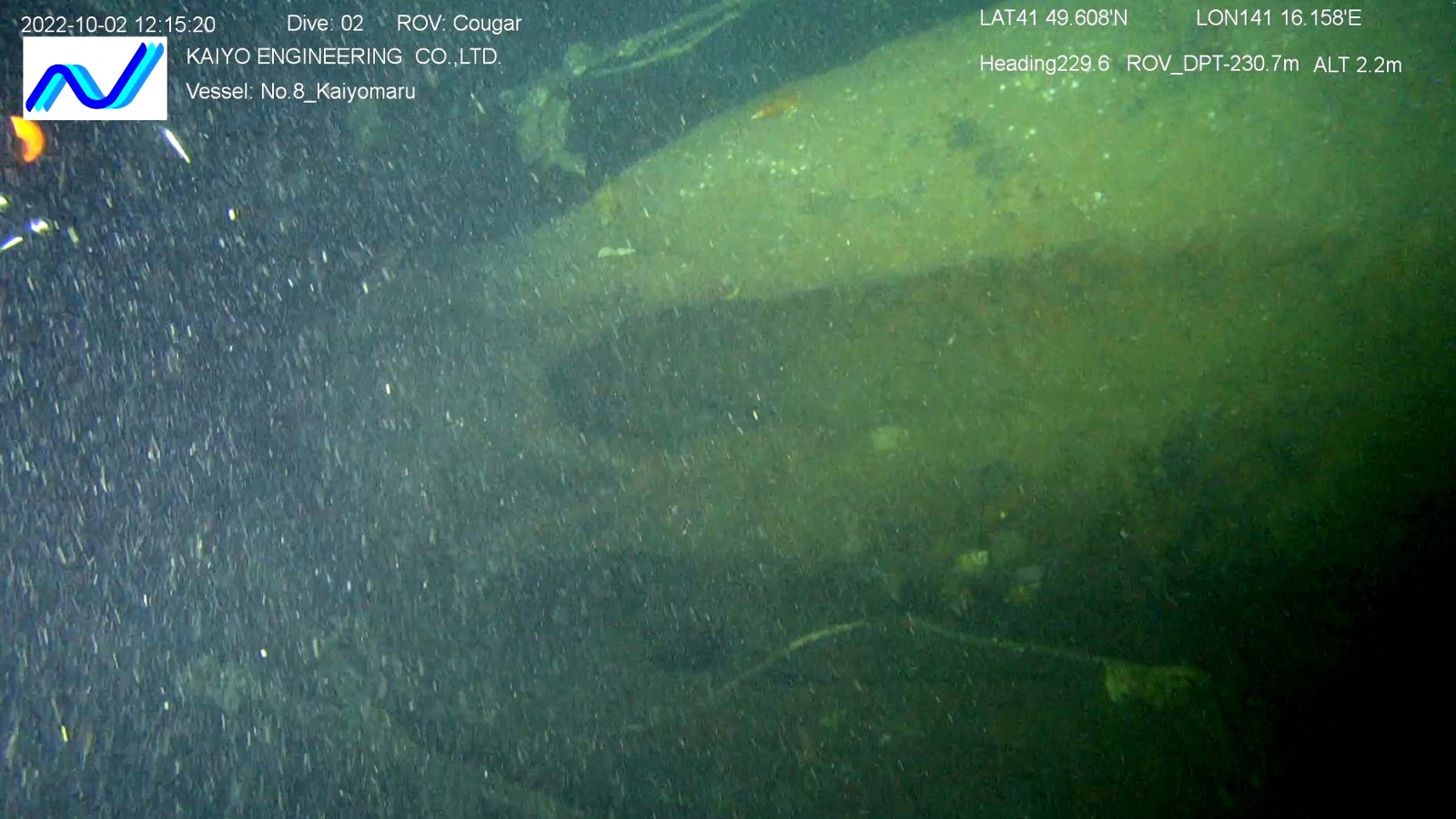
A U.S. Navy spokesperson noted that the loss of the Albacore's 85 crewmembers means the wreck is a war grave and protected under U.S. law.
"It is a hallowed site that represents the last resting place of American sailors who made the ultimate sacrifice in defense of our nation," Lt. Ian McConnaughey, a spokesperson at the NHHC told Live Science in an email. "When we find a ship like this, it's akin to Arlington National Cemetery for the Navy."
The depth of the wreck means it's almost impossible for divers to get there, and McConnaughey said the NHHC has no plans to investigate it further.
"It is our hope that the known location of Albacore provides some measure of closure to surviving family members of its crew," he said.
According to CNN, since the submarine's discovery, the Pearl Harbor-based group On Eternal Patrol has been able to locate and notify relatives for 76 of the 85 crew on board USS Albacore when it sank.
Tom Metcalfe is a freelance journalist and regular Live Science contributor who is based in London in the United Kingdom. Tom writes mainly about science, space, archaeology, the Earth and the oceans. He has also written for the BBC, NBC News, National Geographic, Scientific American, Air & Space, and many others.


